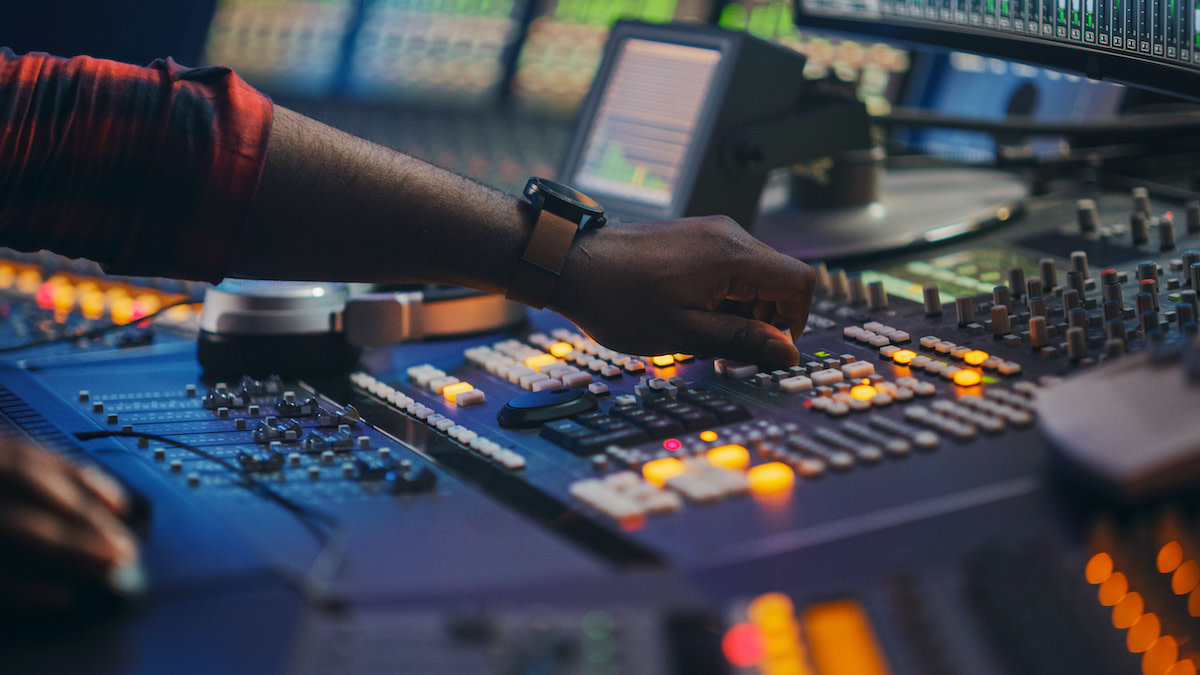How to Sample Music: Step-by-Step Music Sampling Guide
Written by MasterClass
Last updated: Jun 7, 2021 • 3 min read
In the era of digital music, it is increasingly common for a sound recording from one piece of music to emerge in an entirely new song. This practice is called music sampling, and it has had profound impacts on the music industry.
Learn From the Best
What Is Music Sampling?
Music sampling is the process by which a musician or record producer uses a portion of an existing song in a brand new recording, looping it and layering it with new music in a new context. Sampled music can come from a DJ spinning records on a turntable, an engineer splicing audio tape together, or a musician using a digital sampler in a program like Logic, Ableton, or Fruity Loops.
A Brief History of Music Sampling
- Origin: Sampling prevails in contemporary genres like hip hop and EDM, but the history of sampling is nearly as old as the audio tape. Tape looping dates back to the musique concrète movement of the 1940s. Avant-garde composers like the German Karheinz Stockhausen and the Franco-American Edgard Varèse led the vanguard of tape looping. This caught the attention of Fluxus musicians in the 1960s, and even the Beatles experimented with the form on 1968's "Revolution No. 9."
- Emergence in hip hop: The 1960s saw Jamaican dub reggae artists use vocal samples to produce riddim tracks. By the 1970s, early American hip hop producers and rappers were incorporating looping and sampling into their nascent art form. Standalone samplers like the Akai S950, the Fairlight CMI , and E-mu Emulator provided backing tracks for artists ranging from Grandmaster Flash to Biz Markie to Public Enemy to De La Soul.
- Influence of funk and rock: The source of many hip hop samples was the funk and rock music of the late 1960s and 1970s. Many a James Brown drum groove or bassline has appeared in a hip hop single. One of hip hop's first hits—"Freedom" by Grandmaster Flash and the Furious Five—features a Kool DJ Herc sample of "Get Up and Dance" by the band Freedom (for which the song was named). "Rhyming and Stealing" by the Beastie Boys samples John Bonham's drum groove on Led Zeppelin's "When the Levee Breaks." Contemporary producers like DJ Shadow and Timbaland pull their samples from more disparate sources, but 1970s funk and rock remain fertile ground for sampling.
How to Sample Music in 5 Steps
Sampling music in the digital era requires little more than a personal computer, software, and access to audio files.
- 1. Choose digital audio workstation (DAW) software. You can choose from paid DAW programs like Pro Tools, Logic, Ableton, Fruity Loops, and Steinberg Cubase, or you can opt for a free program like Ableton Live Lite, Pro Tools First, Cubase LE, or GarageBand.
- 2. Import a music file. Ideally, use a WAV or AIFF file format for maximum fidelity. If you don't have access to such audio files, you can use an mp3 or AAC file.
- 3. Cut out a brief excerpt of the audio file. In this step, extract your sample from the rest of the song. If you're aiming to create a groove with your sample, you'll need to find a section that can create a propulsive rhythm when it repeats over and over.
- 4. Loop your sample. All DAW programs have a looping function. Consult your user's manual to see how to enable looping on your specific DAW. Use this loop to create a groove using your sample. Alternatively, you can choose to not loop the sample but rather drop it into the song at carefully selected points. In this scenario, you will need another instrument to establish the groove. For this you can create your own drum groove or select one that comes with your DAW software.0
- 5. Repeat as needed. Most songs—particularly in hip hop and EDM—contain more than one single sample. Producers layer many samples to create a new song from disparate sources.
Is Sampling Music Legal?
Sampling is legal under certain conditions. A sampled song is the intellectual property of its composer as well its copyright owner (typically the same person). To avoid legal issues involving copyright infringement, a DJ or producer should obtain sample clearance from the original artist and copyright holder. A song with uncleared samples can lead to trouble, particularly when it is released on a major label or receives broad exposure. Performing rights societies like ASCAP and BMI can provide more information on copyright law, music licensing, and fair use of music by another songwriter.
Want to Learn More About Music?
Become a better musician with the MasterClass Annual Membership. Gain access to exclusive video lessons taught by the world’s best, including Armin van Buuren, St. Vincent, deadmau5, Usher, Timbaland, Sheila E., Tom Morello, and more.
